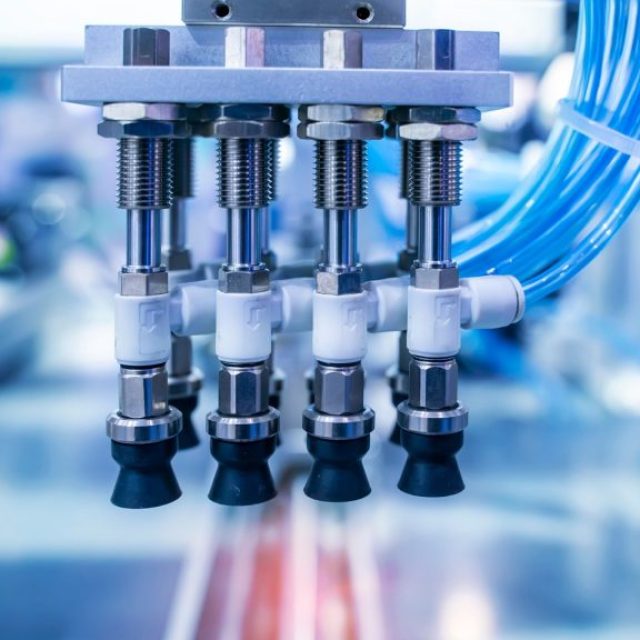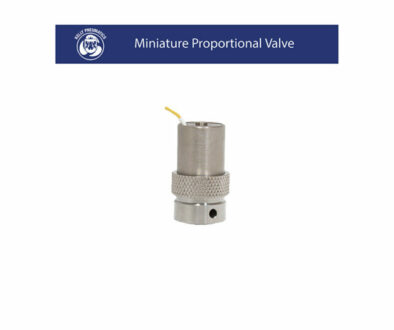Understanding Pneumatic Systems: How do they work?
Pneumatic systems are an integral part of modern industry, powering a wide range of applications with compressed air. Understanding pneumatic systems is essential for businesses looking to enhance efficiency and reliability in their operations. In this article, we’ll delve into how pneumatic systems work and explore the numerous advantages they offer.
What Are Pneumatic Systems?
At their core, pneumatic systems use compressed air to transmit and control energy. The term “pneumatic” comes from the Greek word “pneuma,” meaning air or wind. These systems typically consist of components like compressors, valves, cylinders, and actuators that work together to perform mechanical work.
How Do Pneumatic Systems Work?
-
Air Compression: The process begins with an air compressor that draws in atmospheric air and compresses it to a higher pressure.
-
Air Treatment: The compressed air is then filtered and dried to remove contaminants and moisture, ensuring the system operates smoothly.
-
Energy Transmission: The clean, compressed air is transmitted through pipes and hoses to various components like valves and actuators.
-
Control and Actuation: Valves control the flow and direction of the air, which then moves actuators or cylinders to perform tasks such as lifting, pushing, or rotating.
-
Exhaust and Reuse: After the air has done its work, it is usually exhausted into the atmosphere or recycled back into the system.
Advantages of Pneumatic Systems
Understanding the advantages of pneumatic systems can help businesses make informed decisions about integrating them into their operations.
1. Simplicity and Reliability
Pneumatic systems are known for their straightforward design, which makes them easy to operate and maintain. Fewer moving parts mean there’s less that can go wrong, leading to increased reliability and uptime.
2. Safety
Compressed air is non-flammable and poses less risk compared to hydraulic fluids or electrical systems. This makes pneumatic systems safer for use in hazardous environments where sparks or leaks could cause explosions or fires.
3. Cost-Effectiveness
The components of pneumatic systems are generally less expensive than their hydraulic or electric counterparts. Additionally, the low maintenance requirements reduce long-term operational costs.
4. Speed and Efficiency
Pneumatic systems can achieve high speeds of operation, making them ideal for applications that require rapid movement. The compressed air can quickly fill cylinders and actuators, resulting in swift response times.
5. Environmentally Friendly
Since pneumatic systems use air as the working fluid, they don’t produce harmful pollutants. This makes them an environmentally friendly option, especially when compared to systems that rely on hazardous hydraulic fluids.
6. Versatility
Pneumatic systems are highly adaptable and can be used in a variety of applications, from simple tools like air hammers to complex industrial machinery.
7. Energy Storage
Compressed air can be stored in tanks for later use, providing a buffer that allows systems to handle peak demands without requiring additional energy input.
Common Applications of Pneumatic Systems
- Manufacturing: Used in assembly lines for automation and control.
- Transportation: Air brakes in buses and trucks.
- Healthcare: Dental drills and other medical equipment.
- Construction: Pneumatic tools like jackhammers and nail guns.
- Food Industry: Packaging and material handling equipment.
Maintaining Pneumatic Systems
Regular maintenance is crucial for the longevity and efficiency of pneumatic systems. This includes routine checks for leaks, monitoring air quality, and replacing worn-out components. For more detailed guidance, consider reading our comprehensive maintenance checklist.
Choosing the Right Pneumatic Components
Selecting the appropriate components is essential for optimizing system performance. Factors to consider include:
- Operating Pressure: Ensure components can handle the required pressure levels.
- Flow Rate: Match the flow rate of valves and actuators to your system’s needs.
- Material Compatibility: Components should be compatible with the working environment to prevent corrosion or damage.
At Kelly Pneumatics, we offer a wide range of custom pneumatic solutions tailored to meet specific industrial requirements.
Conclusion
Pneumatic systems play a vital role in powering various industrial applications due to their simplicity, safety, and efficiency. By understanding how pneumatic systems work and recognizing their advantages, businesses can leverage this technology to improve operational performance.
For more information on how pneumatic systems can benefit your operations, visit Kelly Pneumatics. Our team of experts is ready to assist you with customized solutions and expert advice. Additionally, check out our latest blog post for industry insights and updates.




